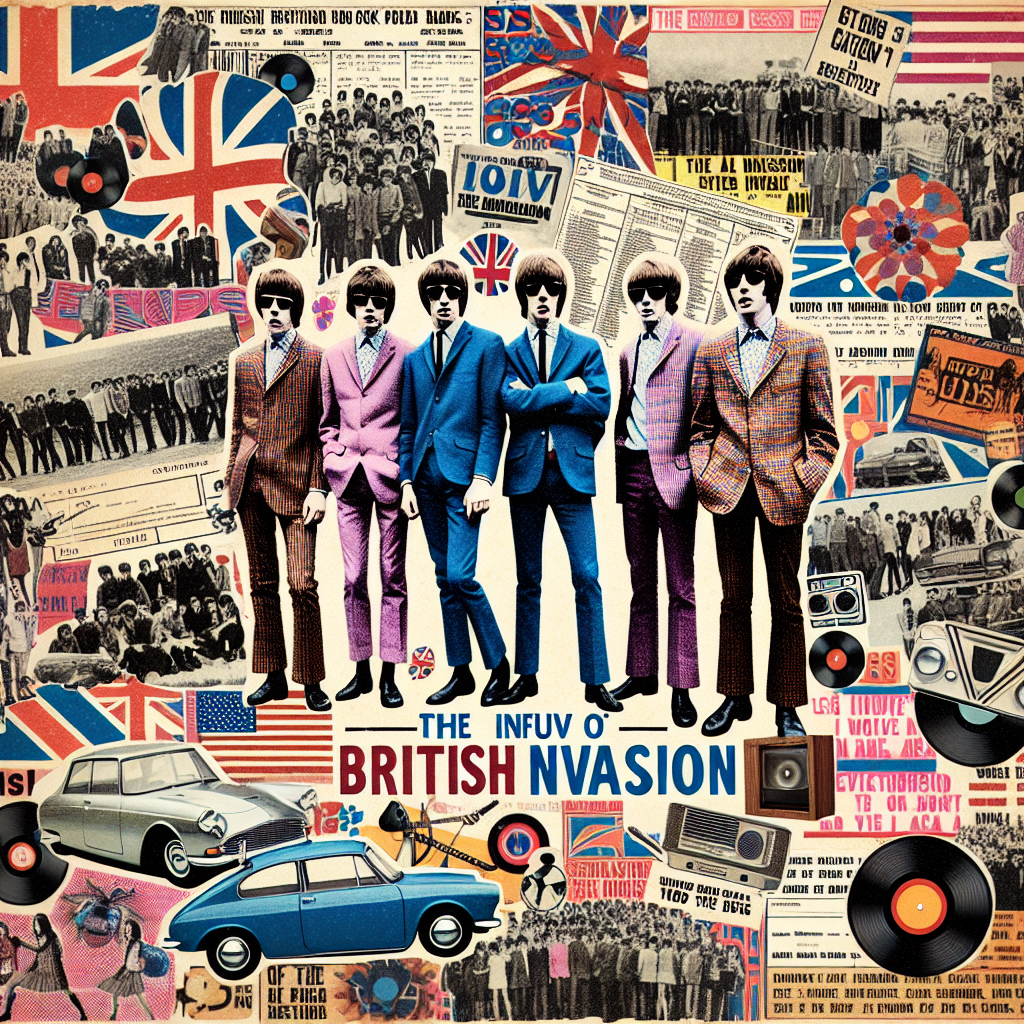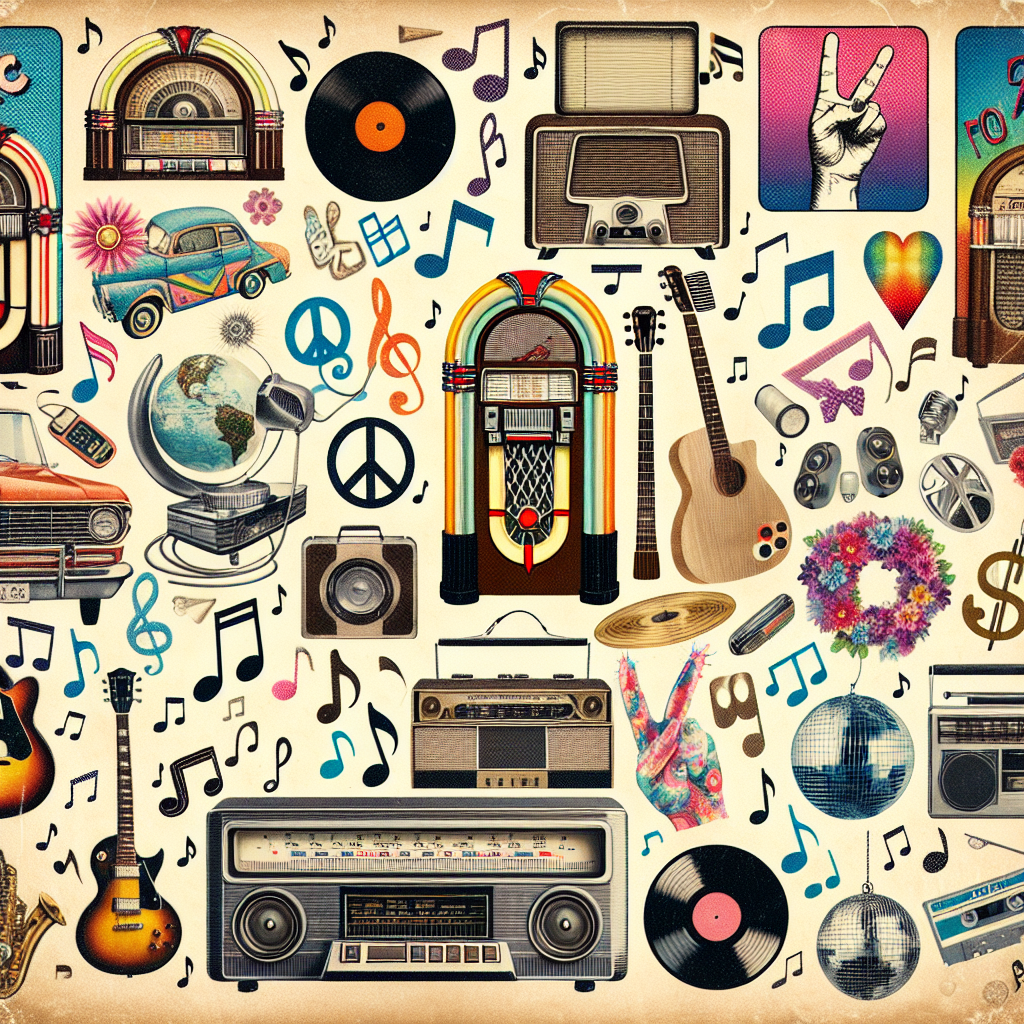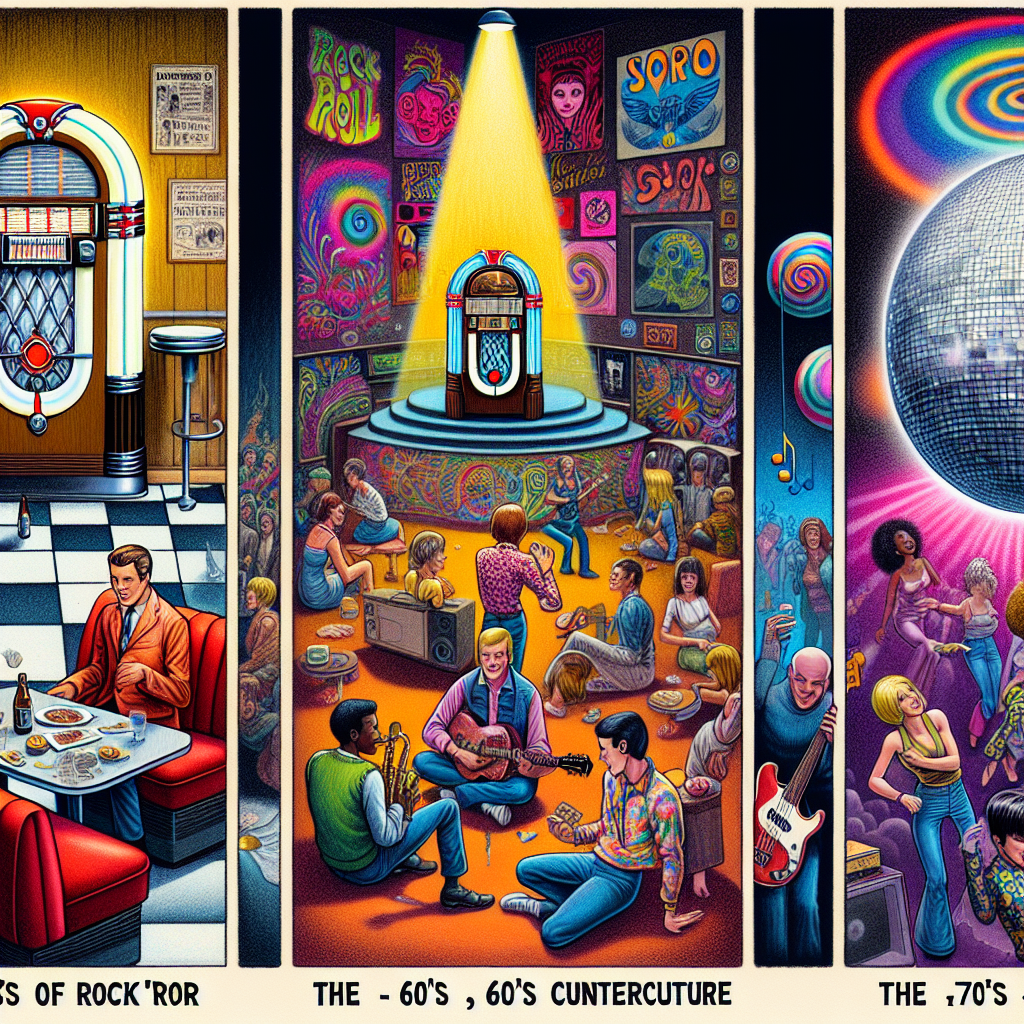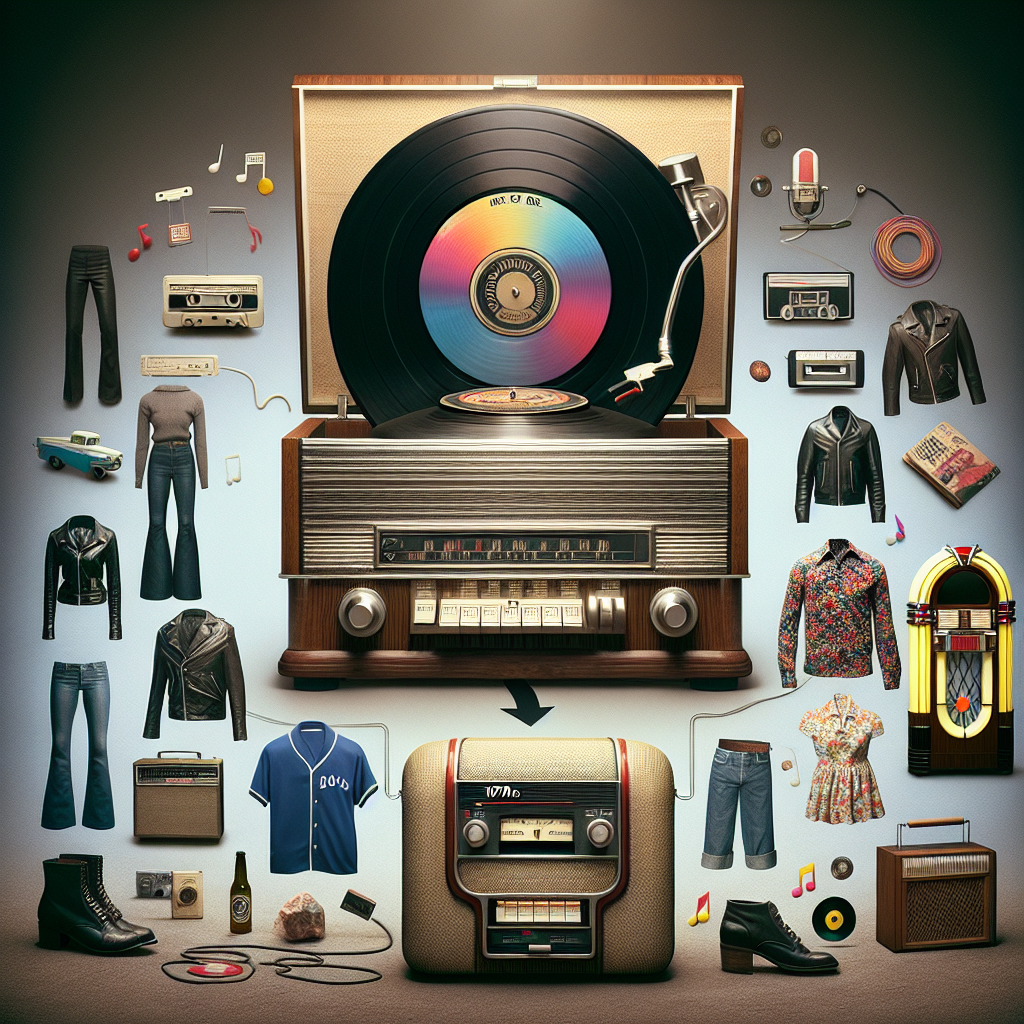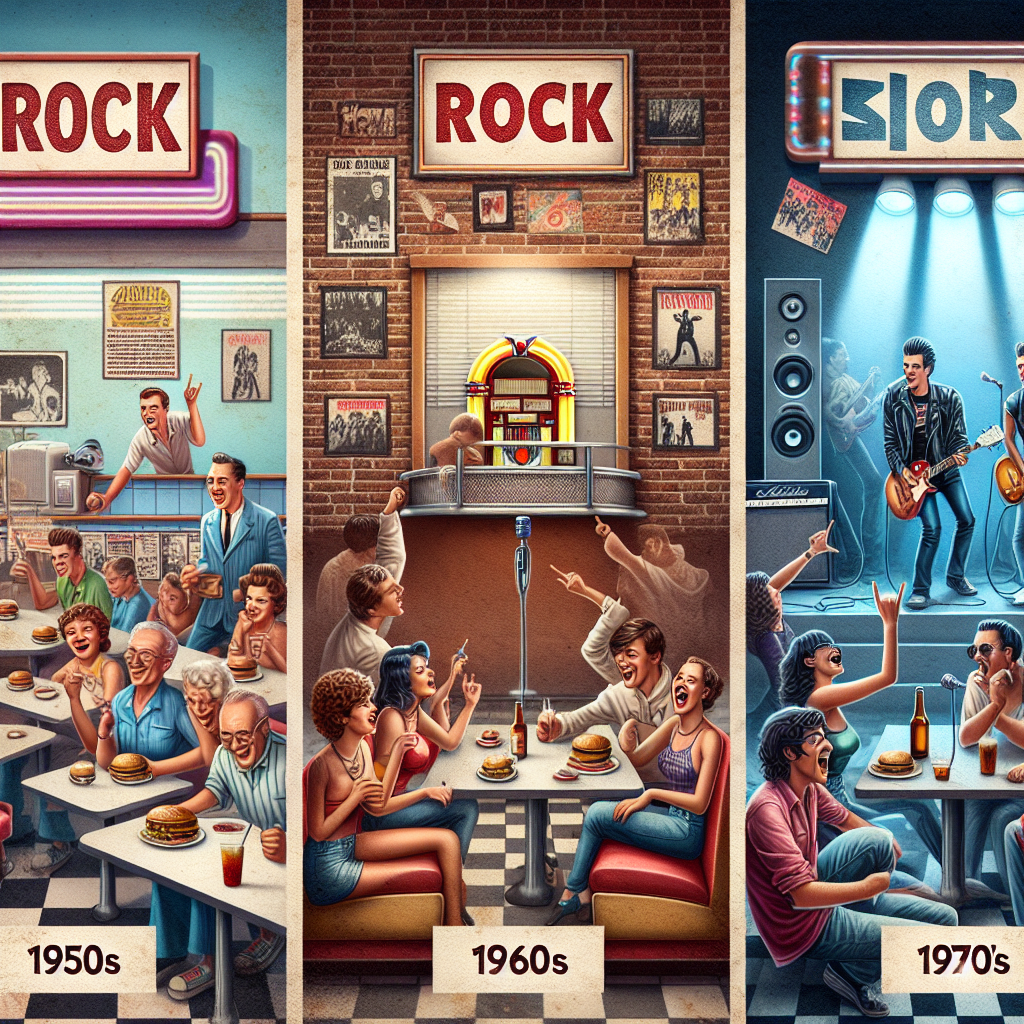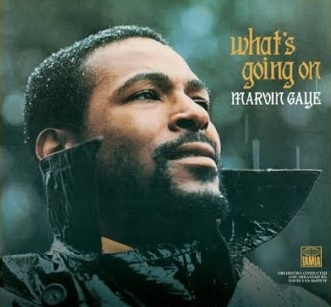During the 1960s, a musical revolution took place that would forever change the landscape of popular music. The British Invasion, led by iconic bands like The Beatles and The Rolling Stones, brought a fresh sound and style to the world stage that captivated audiences around the globe.
Not only did these bands revolutionize music, but they also had a significant impact on culture, fashion, and even technology. Politicians and policymakers were not immune to their influence either, as they recognized the power of music in shaping society.
The Beatles, with their catchy melodies and innovative songwriting, paved the way for a new era of pop music that focused on artistic expression and experimentation. Their influence can still be heard in contemporary music today.
Similarly, The Rolling Stones brought a raw energy and rebellious spirit to rock ‘n’ roll that resonated with audiences looking for something edgier than the mainstream pop sounds of the time. Their impact on fashion was also undeniable, as their signature style became synonymous with rock ‘n’ roll cool.
Advancements in technology during this time also played a role in shaping the sound of these bands. From new recording techniques to innovative instruments, musicians were able to push boundaries and create sounds that had never been heard before.
Overall, the British Invasion was a cultural phenomenon that changed music forever. It brought people together through shared experiences and emotions, showing us the power of music to unite us all.

